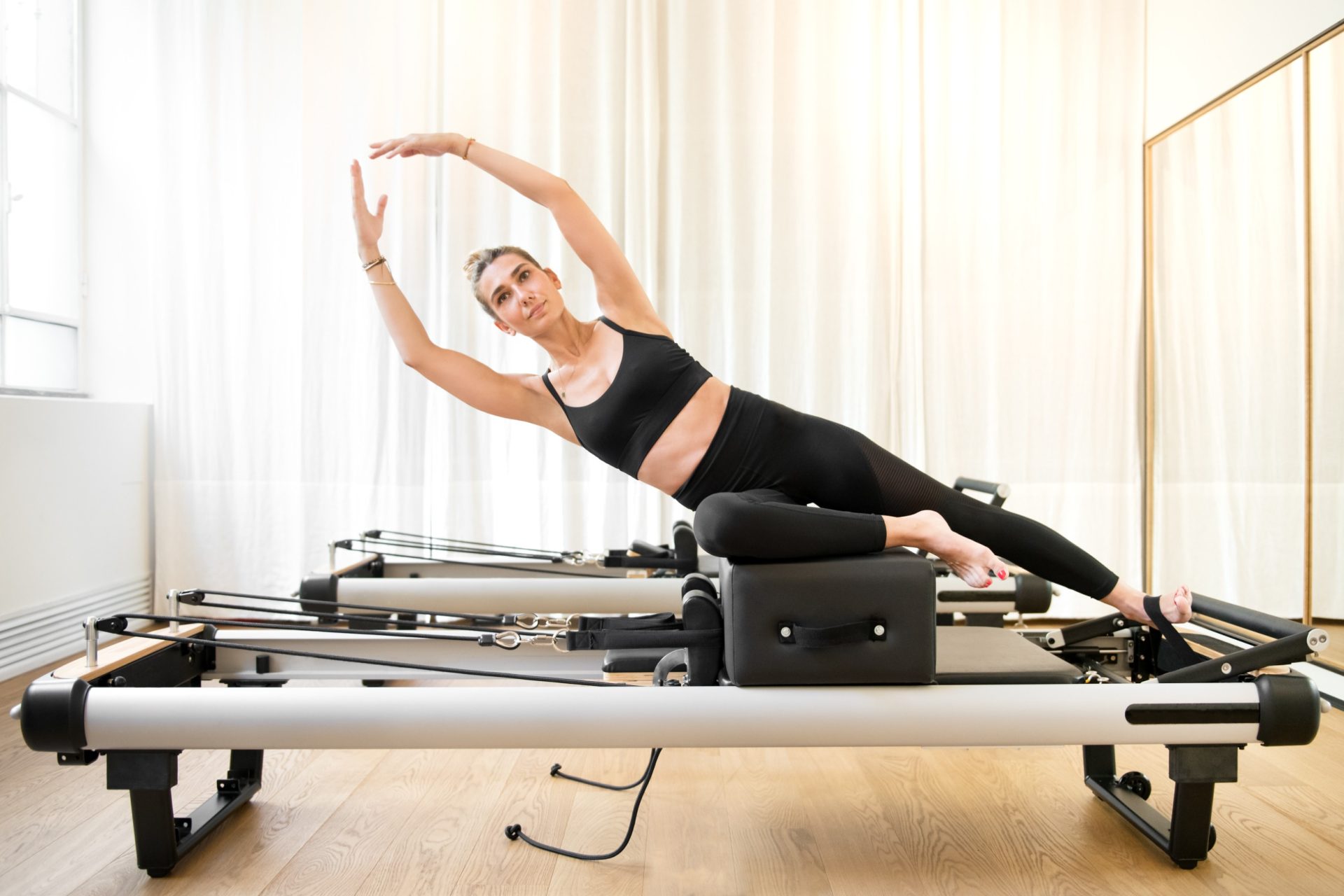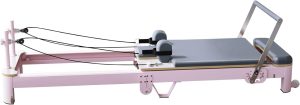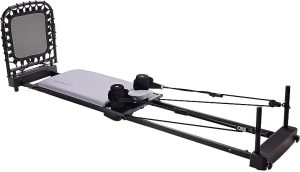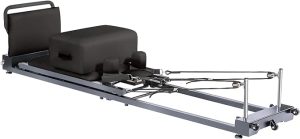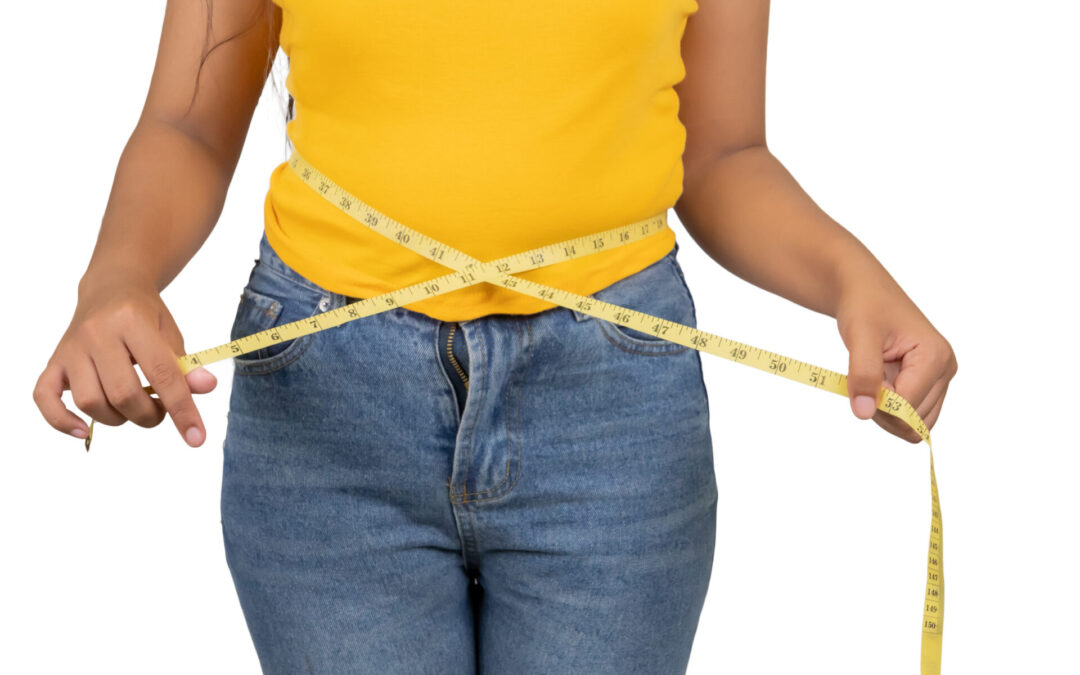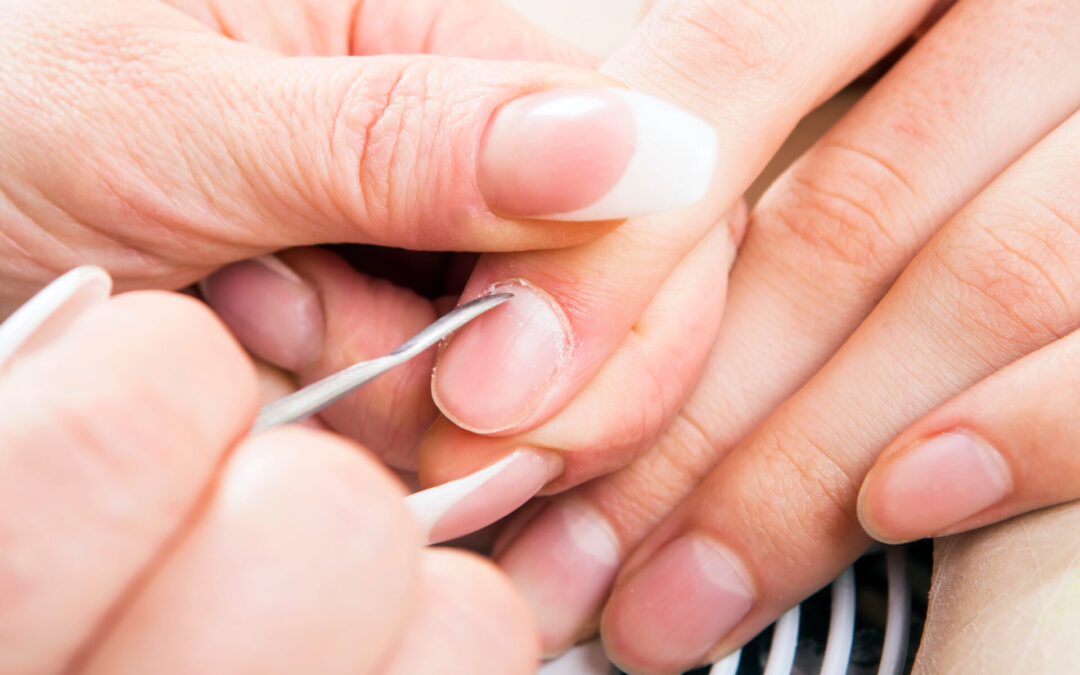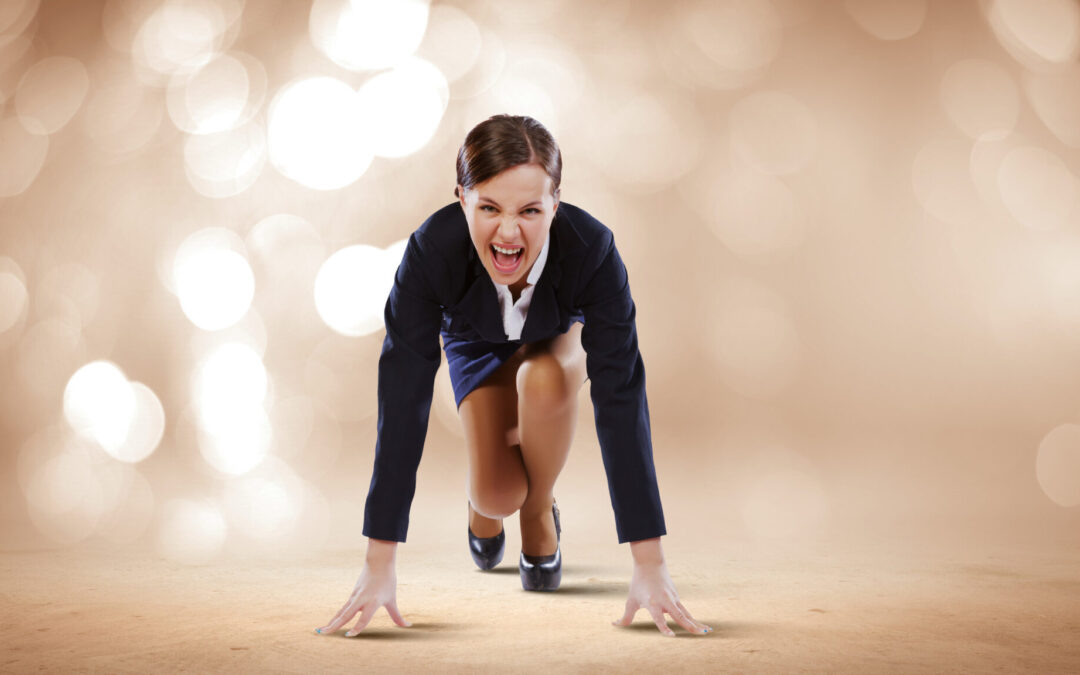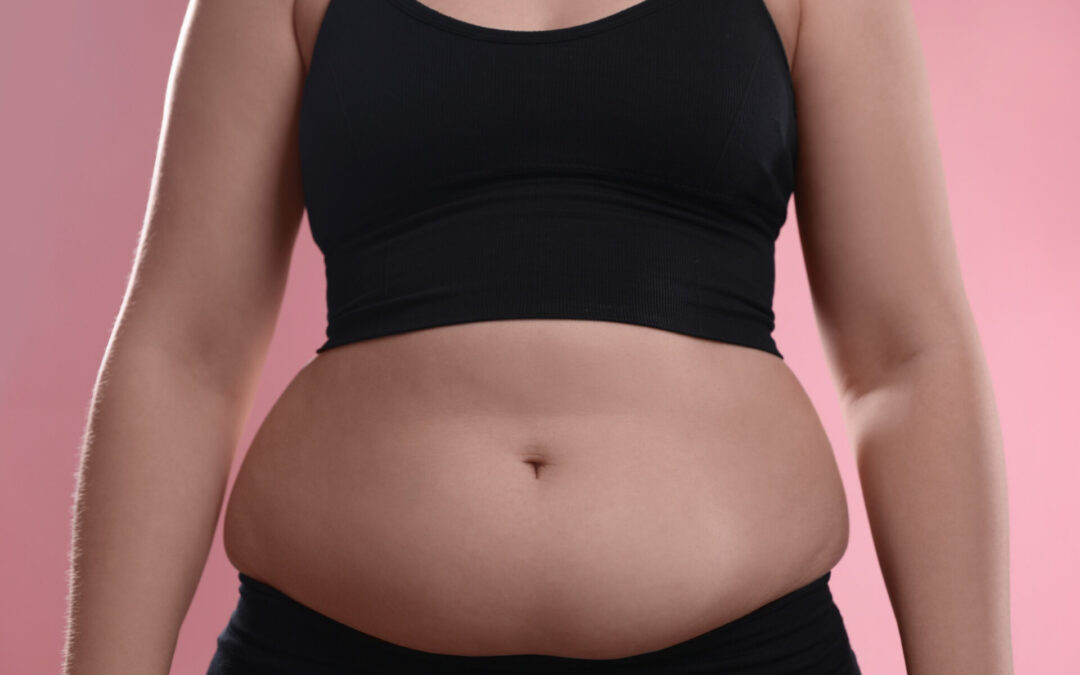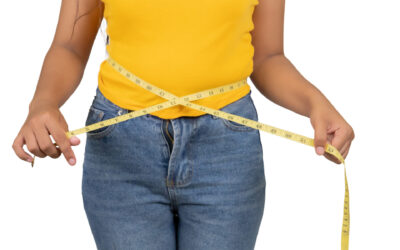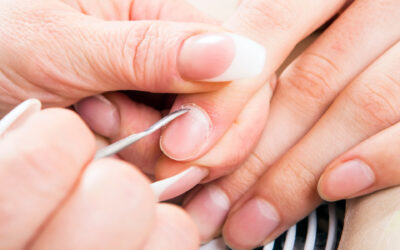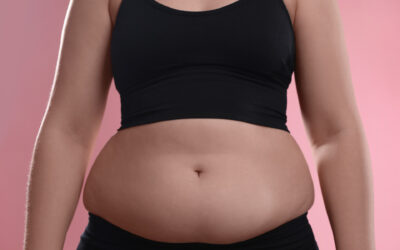The most well-known piece of Pilates equipment is the Pilates reformer. This makes sense because the reformer is commanding on sight and even more compelling once you begin to use it and notice welcome changes in your body. You will see why once you download our free Pilates reformer workout plan pdf.
Many Pilates studios have invested in reformers as participants flock to their classes, and more than ever, portable reformers to use in the home are also in demand. Pilates reformer exercises work for beginner or advanced students, so it doesn’t matter what fitness level you’re at to get started
Let’s explore Pilates reformers, how they work, popular exercises, and some benefits to expect when working with them.
<<< CLICK HERE to Download our FREE Pilates Reformer Workout Plan pdf>>>
The Wonders of Pilates Reformers
The wonders of Pilates reformers include improving your overall strength, coordination, flexibility, and balance. One of the main reasons they’ve gained popularity, however, is their versatility; you can perform a wide range of exercises that provide a comprehensive full body workout. After adding this equipment and workouts to your exercise routine, you’ll find some relief from aches and pains, have better posture, and gain more efficient movements in your day-to-day activities.
The Top 5 Pilates Reformer Exercises List
Make it simple! Create a Pilates reformer exercise chart or print some Pilates reformer exercises chart-free with the following list:
- Footwork
- Leg Circles
- The Frog
- Stomach Massage – Arms Out
- Short Box – Round Back
The Ultimate Pilates Reformer Workout Plan
Get ready for the ultimate workout using your reformer with this Pilates reformer workout plan pdf.
Footwork
- Attach springs to the platform. Attach four for maximum resistance or less if you’re embarking on a beginner Pilates reformer workout.
- Lie down on your back and position the balls of your feet with heels together and toes apart on the footbar.
- Lift your heels and open your knees — align over your middle toes.
- Keep your arms at your sides with your shoulders against the shoulder blocks and palms flat on the platform.
- Pull down and away from your ears.
- Push the reformer platform out, straightening your legs and squeezing your glutes.
- Pause for a moment.
- Return to the starting position with control.
- Repeat for 4 sets of 10 reps.
Leg Circles
- Attach springs to the platform for your preferred resistance.
- Lie on the platform with bent knees and pointed feet.
- Lift the straps over your head.
- Slide in one foot after another to secure your feet in the loops.
- Keep your pelvis down, with arms by your sides and palms flat.
- Bend your knees into your chest.
- Keep your tailbone down and heels together, with your toes slightly apart.
- Straighten your legs so that they are at a 45-degree angle with the platform.
- Turn your toes and heels together with the straps inside your knees.
- Squeeze your glutes and pull in your abs.
- Move your legs in small outward circles evenly with a still pelvis.
- Complete 5 reps, then go in the opposite direction.
- Repeat for 2 sets of 10 circles each way.
The Frog
- Attach springs to the platform for your preferred resistance.
- Hook the straps through the handles of the footbar’s end.
- Lie down on the platform while bending your knees and pointing your feet.
- Lift the straps over your head and secure your feet in the loops.
- Press your pelvis down with arms by your sides and palms flat on the platform.
- Bend your knees into your chest with your tailbone down, toes slightly apart, and heels together.
- Completely straighten your legs, so they form a 45-degree angle and 60 degrees with the platform.
- Squeeze your glutes and pull in your abs while keeping your toes turned out and pointed heels together with straps falling between your knees.
- Repeat for 3 sets of 12 reps.
Stomach Massage – Arms Out
- Set the springs for your preferred resistance.
- Sit at the front of the platform with the balls of your feet on the footbar and your heels together with your toes slightly apart.
- Place your hands on top of the shoulder blocks and straighten your arms.
- Open your chest and press your shoulders down.
- Extend your legs and slide back while squeezing your glutes.
- Bend your knees and slide forward.
- Return to the starting position with the correct posture.
- Repeat for 3 sets of 10 reps.
Short Box – Round Back
- Place the accessory box over the shoulder blocks.
- Sit at a hand’s width from the back and face the footbar.
- Attach as many springs as you like and slide your feet under the resistance loop attached to the footbar.
- Place your feet at hip-width and keep the loop secured over your foot arches.
- Wrap your arms around your waist, sit up straight, and breathe in.
- Breathe out while pulling your abs in and rounding your back.
- Pause for a moment and return to the start while engaging your abs.
- Repeat for 3 sets of 10 reps.
Pilates With vs Without Using a Reformer
Pilates can be practiced with or without equipment, with the Pilates reformer being one of the most popular and distinctive pieces of apparatus used. The key differences between practicing Pilates with a reformer (equipment-based Pilates) and without one (mat Pilates), however, is resistance, intensity and the focus on core strength and stability.
Mat Pilates is accessible, focuses heavily on core strength, and improves flexibility and balance. Reformer Pilates, on the other hand, provides resistance training, supports and enhances the precision of movements, offers a more diverse range of exercises, and can be more intensely tailored to individual needs and goals. The choice between mat and reformer Pilates often comes down to personal preferences, goals, and access to equipment and classes.
Top 3 Pilates Reformers for Home Use
1. JOYRIDER Folding Pilates Reformer Machine
2. AeroPilates Foldable Reformer Machine 4420
3. Faittd Foldable Pilates Reformer Machine
Different Types of Reformers
Pilates reformers come in various designs, each with its unique features and benefits. The choice of a reformer can depend on personal preferences, the specific needs of the user, and the intended use (e.g., home use, studio classes, rehabilitation). Here’s an overview of different types of Pilates reformers:
- Standard Reformers: These are the most common type of reformers found in Pilates studios. They have a carriage that moves back and forth along a track, springs for resistance, and a footbar that can be adjusted for different exercises.
- Best used for: Ideal for both private and group Pilates classes, offering a wide range of exercises.
- Rehab Reformers: These are larger and higher off the ground compared to standard reformers, making them more accessible for individuals with limited mobility or those recovering from injuries.
- Best used for: They are particularly useful in rehabilitation settings or for those who require a more accessible design.
- Clinical Reformers: Similar to rehab reformers, clinical reformers are designed for therapeutic use and may come with additional features like a tower attachment for more exercise options. They are built to accommodate the needs of physical therapy and rehabilitation.
- Best used for: Used in clinical settings, often by physiotherapists or occupational therapists.
- Foldable/Portable Reformers: These reformers are designed for home use with the convenience of being foldable or easily disassembled for storage. While they may offer fewer features than studio models, they are practical for those with limited space.
- Best used for: Ideal for individuals wanting to practice Pilates at home without dedicating a permanent space for a reformer.
- Tower Reformers: These combine the features of a standard reformer with a vertical tower at the end, allowing for a greater variety of exercises, including those that involve pulling or pushing against springs attached to the tower.
- Best used for: They offer a comprehensive workout that is suitable for both Pilates studios and home gyms where space allows.
- Cadillac Reformers: This reformer is a more versatile and larger piece of equipment that combines the functionalities of a reformer with those of a Cadillac, another Pilates apparatus. It features a canopy-like frame over the carriage with various bars, straps, and springs attached.
- Best used for: Due to its versatility and range of features, it’s used for advanced Pilates workouts, rehabilitation, and specific exercise needs. It’s more commonly found in Pilates studios due to its size and cost.
- At-Home Reformers: These are designed specifically for home users, focusing on ease of use, storage, and affordability. While they may lack some of the advanced features of studio reformers, they are suitable for most Pilates exercises.
- Best used for: Perfect for individuals looking to practice Pilates at home with a more budget-friendly and space-efficient option.
Pilates for Beginners
Don’t get intimidated by Pilates studios marketing their acrobatic exercises or participants doing incredible splits. Pilates exercises work progressively, from beginner level to advanced.
Every Pilates superstar began with the basics. Many continue with a beginner’s workout to solidify their foundation. Master teachers meet you where you are, making their workout routines safe, effective, and appropriately challenging.
Always listen to your body and stay consistent as you progress.
Doing Pilates at Home vs at a Studio
Pilates at home can improve your balance, strength, and flexibility. You don’t need a studio to do Pilates properly. The benefit of going to a studio is quality instruction and the social component. If you have a reformer at home, use a list of Pilates reformer exercises with pictures so you can focus on proper technique and execution.
Different Types of Pilates Classes
Mat Pilates
This popular class is typically done on a mat without equipment. You’ll focus on core strength, flexibility, and body alignment.
Reformer Pilates
As discussed, this is done on a special machine and involves using resistance to strengthen and tone muscles. Doing this at home is easier with Pilates workout videos.
Pilates Barre
This combines Pilates and ballet-inspired movements using a barre. It focuses on core strength, posture, and balance.
Cardio Pilates
This class utilizes Pilates exercises with cardio, like jumping jacks or high knees. You’ll increase your heart rate and burn more calories.
Chair Pilates
Chair Pilates uses a chair for support and stability during a seated workout. This benefits seniors or people with limited mobility.
Clinical Pilates
This type of Pilates is usually used in physical therapy and rehabilitation settings. It helps patients recover from injuries or manage chronic pain.
Incorporating Pilates into Your Weekly Workout Routine
Incorporating Pilates into your weekly workout routine creates a more well-rounded exercise plan. Pilates will increase your muscle mass and strengthen your core. You can easily do this with the help of YouTube Pilates reformer workouts as well. It’s a great way to mix up your workouts so you never get bored.
Working Out Your Core Has So Many Advantages
Working out your core is crucial for several reasons, impacting not just physical fitness but overall health and well-being. The core is more than just abdominal muscles; it includes the muscles in your pelvis, lower back, hips, and stomach. Together, these muscles act as the central link connecting your upper and lower body. By focusing on the core, it allows you to improve your form, stabilize your body, increase agility, prevent injury, boost your athletic performance, and so much more. A strong core is the foundation of a strong body!
Zoppler is reader supported and may earn affiliate commissions from links on this page. We support and believe in all the products and services we promote and are affiliated with.

